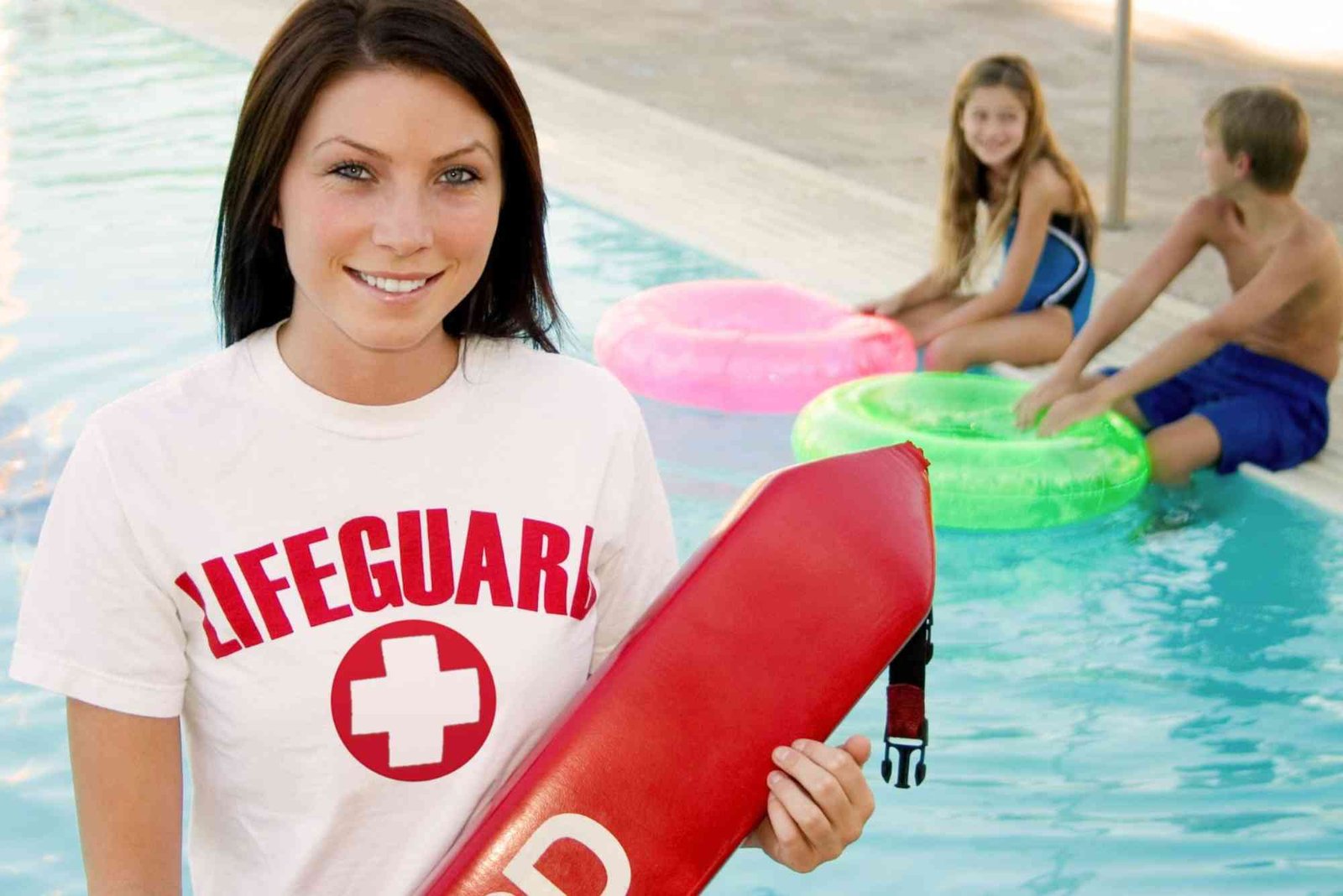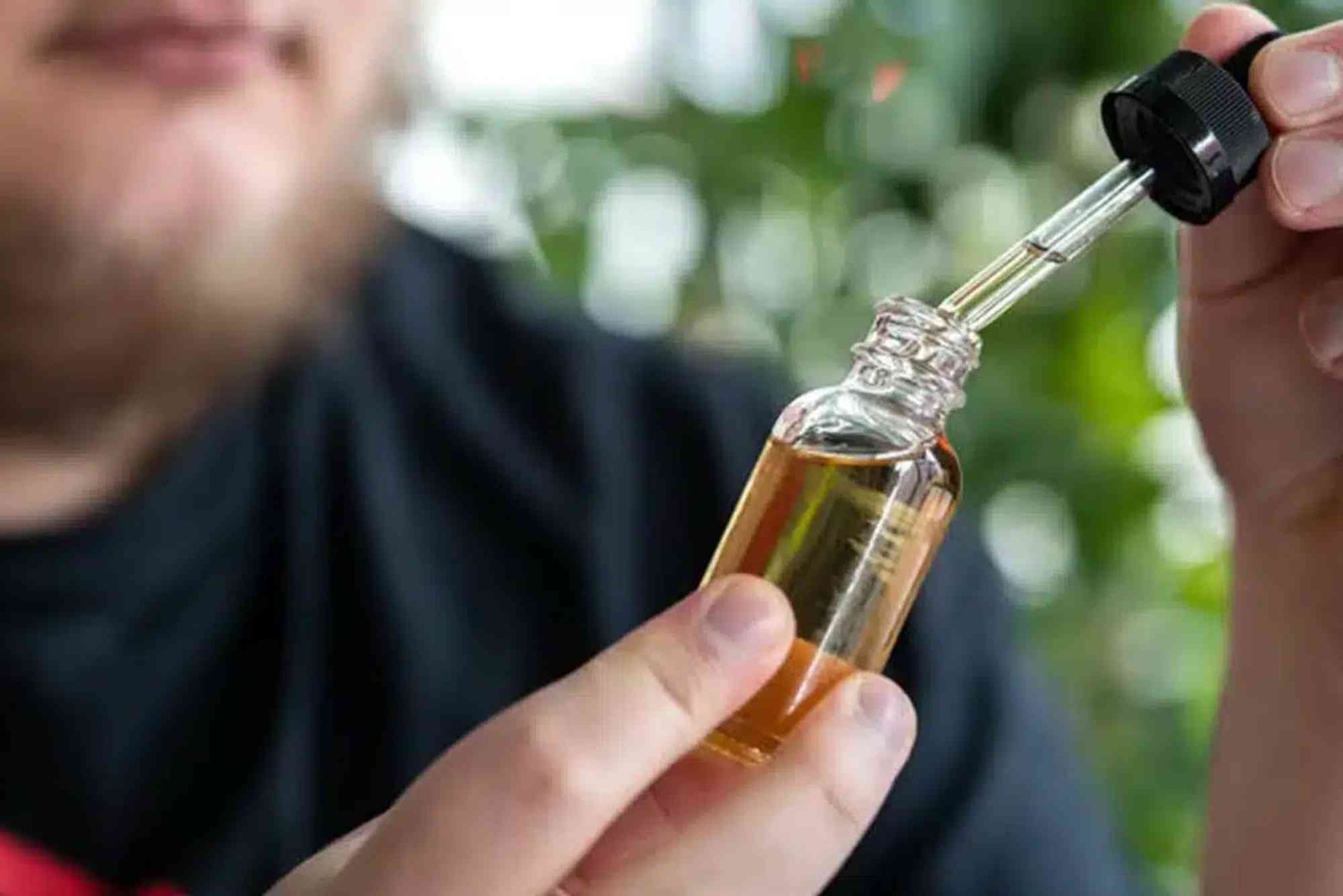Introduction
Lifeguards are the unseen heroes who stand watch over pools, beaches, and lakes, ensuring every swimmer remains safe. Their work goes far beyond simply keeping an eye on swimmers—it involves mastering advanced Lifeguard Water Safety Methods, understanding human behavior in the water, and applying rescue techniques under pressure. Whether you are a swimming enthusiast, a beginner, or considering a career as a lifeguard, understanding these water safety methods can enhance your awareness and preparedness around aquatic environments.
Lifeguards operate with one mission in mind: to prevent accidents before they happen. Their skills are grounded in a combination of prevention, surveillance, rescue, and emergency care. By mastering these Lifeguard Water Safety Methods, lifeguards ensure that beaches and pools remain safe, enjoyable spaces for everyone.
Understanding the Role of Lifeguards in Water Safety
Lifeguards are trained professionals responsible for monitoring aquatic areas, preventing dangerous behavior, and responding to emergencies. Their job demands constant vigilance and the ability to act quickly and efficiently. Water safety methods aren’t only about rescues—they start long before an incident occurs. The foundation of lifeguarding is prevention.
Through continuous scanning, risk assessment, and clear communication, lifeguards identify potential dangers and stop them before they escalate. Their training equips them to recognize distress signs, manage crowds, and educate swimmers about safe practices.
The Foundation of Lifeguard Water Safety Methods
The core of lifeguard training is divided into four main components: prevention, surveillance, rescue, and emergency response. Each of these elements builds upon the other to create a comprehensive safety approach that can save lives.
Prevention: The First Line of Defense
Prevention is the most important aspect of water safety. Lifeguards are taught that the best rescue is the one that never happens. This principle forms the basis of Lifeguard Water Safety Methods. By maintaining an environment of awareness and enforcing safety rules, lifeguards can drastically reduce the risk of accidents.
Preventive measures include inspecting facilities for hazards, ensuring safety equipment is available, and keeping swimmers within safe zones. Lifeguards also communicate effectively with swimmers, reminding them of depth restrictions, diving rules, and safe swimming behaviors.
Regular briefings with swimmers—especially children—help reinforce these preventive measures. A well-informed swimmer is far less likely to end up in distress.
Surveillance: Constant Vigilance
Surveillance is another key component of lifeguard water safety. Lifeguards are trained to scan their designated zones systematically and efficiently. They use techniques such as the “10/20 rule”—spotting any swimmer in distress within 10 seconds and reaching them within 20 seconds.
Lifeguards rotate positions frequently to prevent fatigue and maintain alertness. Advanced scanning methods help identify subtle signs of trouble, like irregular swimming patterns or motionless heads in the water.
This high level of vigilance ensures that lifeguards can act immediately before a minor issue becomes a life-threatening situation.
Rescue: Swift and Strategic Response
Despite the best preventive efforts, emergencies can still occur. That’s where lifeguard rescue techniques come into play. Lifeguards undergo rigorous training to handle different types of rescues safely and effectively.
Rescue techniques vary depending on the situation. For instance, a conscious swimmer in distress requires a different approach than an unconscious one. Lifeguards must also consider water conditions, such as waves, currents, or pool depth.
Rescue aids like buoys, rescue tubes, and boards help lifeguards reach victims quickly while maintaining their safety. Each rescue method emphasizes minimal contact to prevent the rescuer from being pulled under by a panicked swimmer.
To understand more about advanced lifeguard techniques and how they are applied in professional training, check out Water Safety Techniques In Lifeguard Training for additional insights into this essential field.
Emergency Care: Saving Lives After the Rescue
Once a rescue is complete, the lifeguard’s responsibility extends to providing emergency medical care. Lifeguards are certified in first aid and CPR, enabling them to stabilize victims until professional medical help arrives.
This stage of Lifeguard Water Safety Methods can make the difference between life and death. Properly administered CPR or the use of an automated external defibrillator (AED) can save someone who has suffered cardiac arrest or near-drowning.
Lifeguards also manage other injuries, such as cuts, fractures, and heat-related illnesses. Their calm demeanor and swift action are essential during these high-pressure moments.
The Importance of Communication in Lifeguarding
Clear communication is a vital part of every lifeguard’s toolkit. Lifeguards use hand signals, whistles, and radios to coordinate with team members. Quick communication ensures that assistance is available immediately if one lifeguard enters the water.
Additionally, interacting positively with swimmers helps create a safer environment. When swimmers trust and respect lifeguards, they are more likely to follow instructions, which leads to fewer emergencies.
Psychological Preparedness and Stress Management
Lifeguarding can be mentally and emotionally demanding. Constant vigilance and the potential for high-stress situations require strong psychological resilience. Lifeguards are trained to manage stress through breathing techniques, teamwork, and situational awareness.
They also engage in regular drills to simulate real emergencies. These drills keep their reflexes sharp and build confidence in their ability to handle unexpected challenges.
Advanced Lifeguard Water Safety Methods
Modern lifeguard training incorporates advanced tools and technologies to improve safety outcomes. Drones, underwater cameras, and AI-based monitoring systems now assist lifeguards in surveillance and rescue operations.
These innovations allow for faster detection of potential drowning incidents and provide real-time data for better decision-making. Still, human observation remains irreplaceable. Technology enhances lifeguarding—it doesn’t replace it.
Furthermore, professional organizations like the Red Cross and the Royal Life Saving Society continuously update lifeguard training standards to align with the latest safety research.
The Role of Public Awareness in Water Safety
Water safety is not solely the responsibility of lifeguards. Swimmers must also play their part. Public education campaigns encourage people to understand basic water safety rules, like swimming with a buddy, avoiding alcohol before swimming, and respecting lifeguard boundaries.
Lifeguards often conduct educational sessions for families and children. These sessions teach essential skills like floating, treading water, and recognizing danger signs. The combination of community awareness and professional vigilance greatly reduces drowning incidents.
For more inspiration on aquatic environments and safety-focused water designs, explore this Related Blog article that blends design, nature, and safety principles.
Continuous Training and Certification
To maintain effectiveness, lifeguards must undergo continuous training. Skills like CPR, first aid, and rescue techniques require periodic recertification. Regular fitness tests ensure lifeguards remain capable of performing physically demanding rescues.
Ongoing education also helps lifeguards stay updated with evolving safety standards and emerging rescue technologies. Refresher courses reinforce their ability to respond swiftly and correctly in emergencies.
The best lifeguards never stop learning—they refine their skills through experience and dedication.
Lifeguard Ethics and Responsibility
A lifeguard’s ethical responsibility extends beyond their shift. They are ambassadors of safety and professionalism. Lifeguards must maintain integrity, respect for others, and a deep commitment to protecting lives.
They uphold strict confidentiality, ensuring victims’ privacy is protected after an incident. This ethical mindset reinforces public trust in their abilities.
Common Challenges Lifeguards Face
Despite extensive training, lifeguards encounter numerous challenges—crowded facilities, changing weather, fatigue, and non-compliant swimmers. Each of these factors can make surveillance more difficult.
To overcome these challenges, teamwork is key. Lifeguards work in shifts and coordinate constantly to maintain full coverage of their zones. Proper rest and hydration also help them sustain focus throughout long hours in the sun.
The Future of Lifeguard Water Safety
The future of Lifeguard Water Safety Methods lies in merging traditional techniques with innovation. The growing use of virtual reality training programs, AI surveillance, and advanced rescue equipment promises even safer aquatic environments.
As climate change impacts water conditions, lifeguards are also adapting to new risks, such as stronger currents and unpredictable weather. Their evolving training programs continue to equip them for these modern challenges.
If you want to stay informed about how water safety practices and rescue technologies are evolving, you can Learn more from organizations leading innovation in this field.
Safeguarding Lives Through Knowledge and Skill
Lifeguards represent the perfect balance of courage, knowledge, and compassion. Their commitment to protecting lives through effective Lifeguard Water Safety Methods ensures that everyone can enjoy water safely. From prevention and surveillance to rescue and emergency care, each step is guided by skill and dedication.
Whether you’re swimming in a local pool or at the beach, always respect lifeguard instructions and stay aware of your surroundings. Water is powerful—but with proper safety practices, it can be enjoyed safely by all.
If you’re passionate about water safety or aspire to become a lifeguard, consider joining professional training programs to make a difference. Together, through awareness and skill, we can create safer aquatic spaces for everyone.
FAQs
What are the most important lifeguard water safety methods?
The key methods include prevention, surveillance, rescue, and emergency care. Each plays a vital role in preventing and managing water-related incidents.
How do lifeguards spot a drowning person?
Lifeguards use scanning techniques to identify early distress signs like struggling movements, a vertical body position, or silent submersion.
How often should lifeguards train?
Professional lifeguards undergo monthly or quarterly refresher training to maintain their physical fitness and keep skills sharp.
What equipment do lifeguards use during rescues?
Lifeguards use rescue tubes, buoys, boards, and sometimes fins. In advanced environments, drones and communication devices also assist.
Can anyone learn basic water safety methods?
Yes. Many organizations offer beginner-level courses that teach floating, treading, and recognizing danger zones—helpful for swimmers of all ages.
By learning and applying these principles, you not only protect yourself but also contribute to safer swimming environments everywhere.







